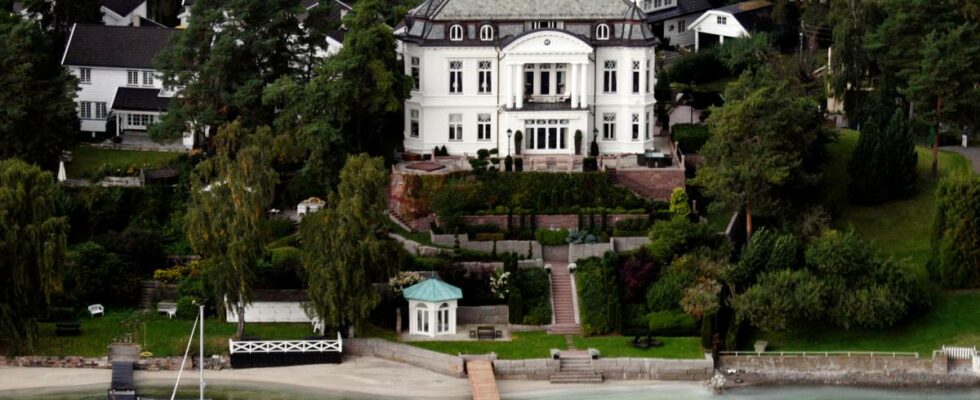Petter Stordalen now risks heavy fines for construction work on his property on Bygdøy in Oslo. The billionaire has applied for permission to build, among other things, a swimming pool and a new fence. Before he has received a response to the application, the work has started, writes Dagens Næringsliv (DN). – You are aware that the conditions require an application, but you have nevertheless carried out the work without a permit, writes the Planning and Building Agency according to the newspaper. The hotel founder has not responded to DN’s inquiries. Petter Stordalen is accused of illegal construction on his Bygdøy property. Photo: William Jobling / news 900,000 fine The agency considers it particularly serious that “there are professional companies with central approval that carry out or have work carried out without a permit”. They order Stordalen to stop work on the site immediately. Stordalen has applied for permission to, among other things, build a swimming pool on the site. In addition, he will build a new and safer fence and improve walls on the property. Oslo’s planetat has now visited the site. Then they registered that construction work is already underway. Therefore, they have also adopted compulsory fines of a total of NOK 900,000 for Stordalen and the two companies carrying out the work. The companies disagree on the requirements. – We do not completely agree with the Planning and Building Agency’s interpretations, and are now preparing a response to the municipality. We have a dialogue with the Planning and Building Agency. Beyond that, I don’t want to comment on anything now, says responsible architect Ajas Mellbye. Bygdøy is not far from the center of Oslo. The peninsula is best known for its museums, but over 3,000 people also live here.Alex Reitan / news Luftfoto Increased efforts In August, news went with Rødt på strandsone safari on Bygdøy. The party then wanted to illustrate how difficult it can be to get there. There are strict rules for building in the beach zone. In Oslo, less than a third of it is available, according to Statistics Norway. This is one of the reasons why the municipality has increased its efforts to prevent illegal construction and illegal obstructions in the beach zone. What rules apply in the beach zone today? The beach zone is most often used for everything that lies within 100 meters of the shoreline by the sea. The beach zone is seen as particularly important to preserve, and there are several rules that restrict, among other things, building there. In Norway, much of the beach zone is privately owned. But the “public right” applies regardless of who owns the land. It gives people the right to walk in and use nature – in the “outlands”. There are no clear definitions of what is “outland” and what is “inland” in the beach zone. But simply explained, you can say that inland is the closest thing to houses and residences, what most people would consider a “private” zone. Everything else is open land, even if it is owned by the person who lives in the house. The general court also provides, for example, allowed to swim at private beaches as long as you are not too close to houses and buildings. If you are going to swim from private jetties, you must have permission from the owner. The Supreme Court has several times ruled that those who live in the beach zone must tolerate having people come closer to their house than elsewhere. Because they believe the right to free movement is extra important there. Fences that prevent free movement in outlying areas are illegal (if they are built without a permit). This applies to both physical and psychological obstacles. The work started in 2015. Previously, the municipality has only investigated whether there have been concrete reports of concern, according to the Planning and Building Agency. Whereas now they have mapped the entire beach zone in Oslo, and will go through property by property to see if anything has been built illegally. “The measures that we believe lack the necessary permission are checked against the regulations over time and against the agency’s databases with aerial photos and ground maps,” the agency writes in a statement to Rødt’s Sofia Rana. – However, we cannot say anything about how quickly this work will be carried out or anything concrete in relation to suspicions, said section leader Karin R. Engebretsen in the agency to news in August. Published 13.09.2024, at 13.40 Updated 13.09.2024, at 14.05
ttn-69
Petter Stordalen must stop illegal construction on Bygdøy in Oslo – Greater Oslo

